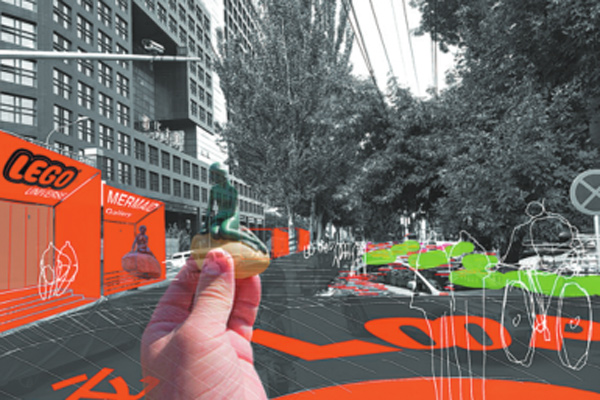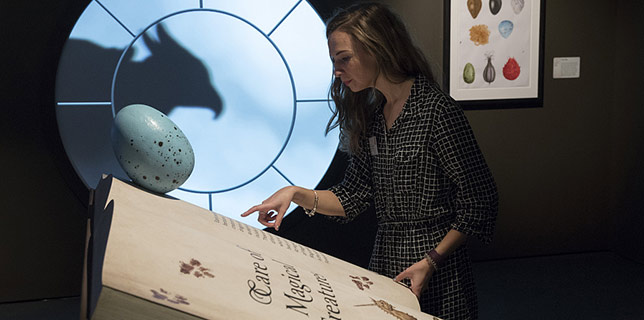Danish touch in renovation of Beijing hutong
 |
|
The project in the Qinglong Hutong area in Beijing focuses on eco-friendly urban planning. [Photo provided to China Daily] |
With bungalows on one side and office spaces on the other, Qinglong Hutong, an alleyway in Beijing, is witnessing a renovation since September.
Many other such old alleyways in the Chinese capital have been newly designed in recent times.
Some 11,000 people live in and around the Qinglong Hutong area, which has a street named after it, with the alleyways of Cangjingguan and Xilou nearby, as well as the subsidiary Beixiaojie Street.
As the host city for the 2018 Beijing Design Week, Copenhagen is bringing its eco-friendly urban planning concept to help rebuild the area.
In 2012, Beijing and the Danish capital signed an agreement to help each other in sustainable development.
Copenhagen aims to become the world's first "zero-carbon city" by 2025, according to Marc Jorgensen, the urban planning head of Copenhagen.
At the Sino-Danish Roundtable on Livable Cities, hosted by Copenhagen city on Sept 24 as part of 2017 Beijing Design Week, Jorgensen suggested that Qinglong Hutong should focus on the development of local heritage and create better public spaces for informal meetings.
After a tour of the Qinglong Hutong area, the official and other specialists from Denmark and China discussed the renovation project.
Stensgaard Morch, CEO of Copenhagen Municipality, introduced the city's experience in making changes to its architecture to help it become greener.
"In 1980, Copenhagen was a totally different city," Morch said.
"Now, we have 450 kilometers (of) bike lanes and 62 percent of all trips to work are made on bikes."
Li Zhaohong, executive deputy director of the Dongcheng Administrative Committee, presented the Qinglong Hutong Community renovation plan at the meeting.
Mads Jensen Moller, CEO of the Danish company Archiland, which is working on the project, said gray, green and blue-respectively representing mobility, soft connectivity and water-will be the main colors for the renovation.
A top wish of the residents, according to a survey by the Dongcheng district, where the area is located, was getting more room for social activities in the narrow lanes that were crowded by cars.
Wang Wei, dean of Urban Planning and Design Institute under the Beijing University of Civil Engineering and Architecture, says the concept of urban renewal and renovation of the city should follow the larger plan.
"Urban context is the collective memory of the city. Urban culture is the soul and the old urban areas are the core of this context," Wang says.
Moller has lived in China for four years, including one year in a hutong. He moved back to Denmark with his adopted Chinese daughter in 2011.
He sees the old alleyways as a cultural heritage not just of Beijing but the whole world.
Moller and his team are bringing in the Danish perspectives of livability to the Qinglong project. But he says the design will also reflect the reality of how people live in this hutong area in Beijing.
Moller's team is introducing "Qinglong loop" to support connectivity and the movement of people in the area.
Upon the completion of the project in 2020, people will find it easier to commute from different parts of the city to and from the area.
"We aim not just to make (a) nice postcard (look of the place). We want to make something that is really perceivable by the residents of the hutong," Moller adds.
Qinglong Hutong's process of rebirth has started.
Contact the writer at liyingxue@chinadaily.com.cn






















